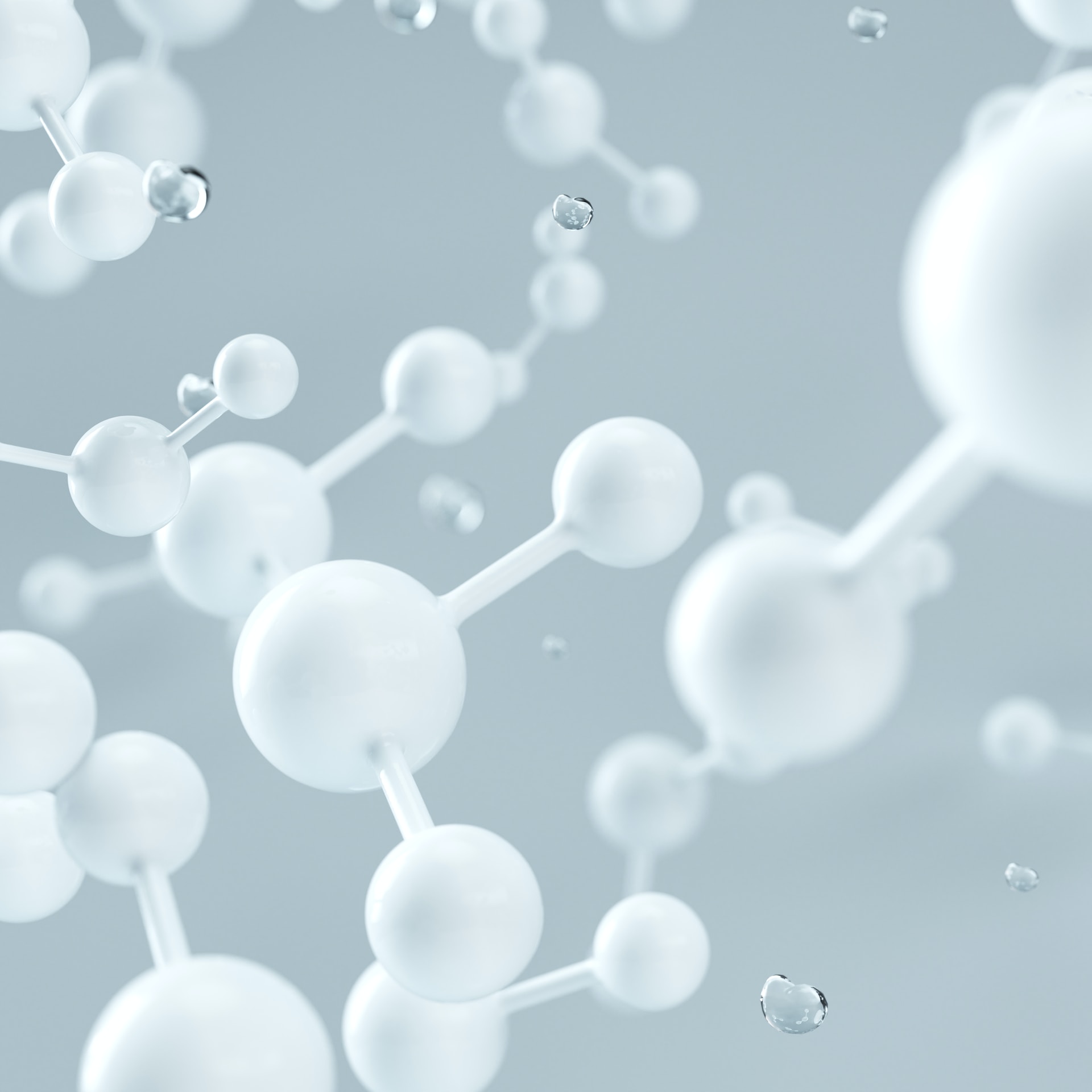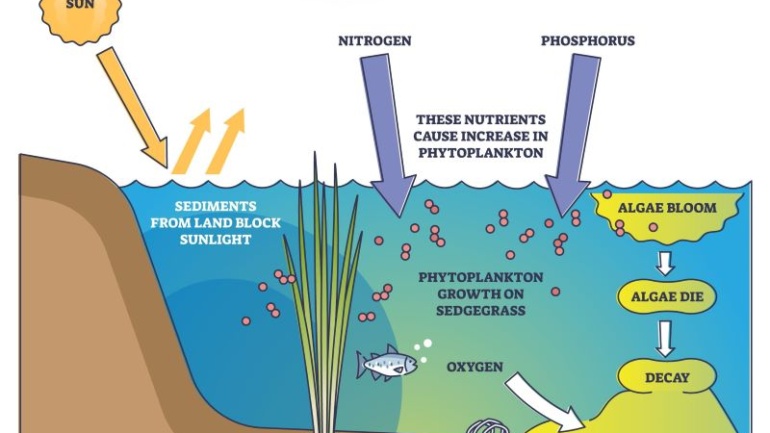By Sakshi Kabra Malpani, Publishing Associate: Researcher and Writer at Save the Water™ | September 09, 2023
Magnetic nanoparticles are new, non-toxic, reusable, eco-friendly materials that can remove pollutants from wastewater. The availability of pure water is crucial for a sustainable ecosystem. Our industrial and domestic activities are the primary causes of the discharge of pollutants. These include microorganisms, toxic heavy metals, and organic compounds into the water resources.
Some Basic Concepts
Nanoparticles are smaller particles whose sizes range from one to 100 nanometers. Magnetic nanoparticles are made up of specific metals, like iron, cobalt, nickel, and zinc. These metals give excellent magnetic properties. They can be separated out by using an external magnetic field. Then, they can be reused for the next treatment process. These materials are nontoxic, and their smaller size allows them to be specifically used in many different biochemical functions. They offer a highly effective means of removing various contaminants from water sources. One of the primary uses is the removal of heavy metals such as lead, cadmium, and mercury. They also help in carrying out different wastewater treatment processes such as flocculation, adsorption, filtration, photocatalysis, and many more.
How are Magnetic Nanoparticles Formed?
Magnetic nanoparticles can be produced by using three types of methods:
- a) Physical methods
- b) Chemical methods
- c) Biological or microbial methods
Mechanical milling is a popular physical method where different chemicals are churned in big ball mills to break down particles into smaller sizes. In contrast, sol-gel, hydrothermal, thermal decomposition methods are the renowned chemical methods. In these methods, various chemicals containing metals like iron, nickel, and cobalt undergo chemical reactions under higher temperature or pressure to form magnetic nanoparticles.
Under biological methods, either microbes, enzymes, or different parts of plants help in forming magnetic nanoparticles. For example, the fungus Corynespora cassiicola has been reported to reduce iron nitrate solution and give magnetic iron nanoparticles.
Additionally, the bacterium Geobacter sulfurreducens has been observed to form magnetic iron nanoparticles. These nanoparticles have been very efficient in removing toxic heavy metal chromium from industrial wastewater. Different wastes from agricultural industries like black tea extract, blueberries, and vineyard prunes can also produce single metal or bimetal magnetic nanoparticles.
In this report, magnetic nanoparticles were prepared by using iron or combining it with other metals. These metals included manganese, magnesium, silver, copper and zinc. The materials produced in this work proved to be 85% efficient in degrading and removing harmful pesticides from wastewater.
Apart from plant extracts, bark, and tissues, researchers have also used agricultural wastes to produce magnetic nanoparticles. Biological methods are more beneficial because they’re less toxic, cost-efficient, and environment-friendly. Furthermore, they produce higher amounts of magnetic nanoparticles with better chemical and physical properties.
Common Applications of Magnetic Nanoparticles
1. Contaminant Removal
One of the primary applications is the removal of heavy metals such as arsenic, lead, nickel, cadmium, and mercury. These nanoparticles are functionalized or bind with some other materials like silica, graphene, chitosan to form nanocomposites. Later, they can be efficiently removed from water through magnetic separation. The process involves scattering the nanocomposites into the wastewater, allowing them to bind to the contaminants, and then using an external magnetic field to separate the nanoparticles along with the attached pollutants.
2. Organic Compound Degradation
They can also play a crucial role in breaking down organic pollutants present in water. By coupling them with photocatalytic or catalytic materials, researchers have developed advanced oxidation processes that use sunlight or other forms of energy to degrade organic compounds. They can be also used as low-cost adsorbents to remove harmful chemicals. These processes are particularly effective in degrading pollutants like dyes, pharmaceuticals, and pesticides, which are often resistant to conventional treatment methods.
3.Pathogen Removal
Waterborne pathogens pose a huge threat to public health, especially in regions with poor sanitation facilities. Magnetic nanoparticles can be functionalized with other metals, antibodies, or other biomolecules that specifically target and bind to pathogens like bacteria, viruses, and parasites. Once these nanoparticles are bound to the pathogens, they can easily be removed from water using magnetic separation. Thus, this provides a viable method for disinfection.
4. Nanomaterial-Based Filters
Magnetic nanoparticles can be put into porous materials to create membranes, sponges, and coagulants for water treatment. They can selectively capture contaminants while allowing clean water to pass through. Their magnetic property eases their regeneration. This allows for their prolonged use without the need for frequent replacement.
5. Detection and Monitoring
Beyond purification, these nanoparticles can also observe water quality and detect pollutants.. Functionalized magnetic nanoparticles can act as sensors, binding to specific pollutants and creating a measurable signal. This enables real-time monitoring of water quality, helping authorities take timely action in response to contamination events. They can check for the presence of bacteria, pesticides, and harmful heavy metals in water resources.
6. Groundwater Remediation
Contaminated groundwater is a persistent environmental challenge. Magnetic nanoparticles can be fed into the subsurface to target and remove contaminants. The nanoparticles can be guided to the desired location using magnetic fields, making this approach highly targeted and effective. These nanoparticles, when immobilized with enzymes, act as biocatalysts to clean groundwater contamination.
7. Desalination
Desalination of seawater or brackish water is becoming more and more important to address the lack of freshwater in many regions. Magnetic nanoparticles can enhance desalination processes by aiding in the separation of salt ions from water. This is done through processes like forward osmosis. Additionally, they can help prevent fouling and scaling on membranes used in desalination systems. Thus, this improves their efficiency and longevity.
8. Metal Recovery
Apart from removing toxic heavy metals from wastewater, these nanoparticles can also pull out useful, expensive metals like lithium, cesium from salt water.
Challenges and Future Directions
While using magnetic nanoparticles for water purification is promising, several challenges must be addressed. These include –
- concerns about the potential toxicity of these nanoparticles
- their long-term impact on human health and environment
- the scalability of their production methods.
Researchers are actively working to ensure the safe and responsible use of these nanoparticles. Research in this field continues to evolve. Therefore, we can anticipate the development of more efficient and sustainable water purification technologies that have a lasting positive impact on global access to clean and safe drinking water.




